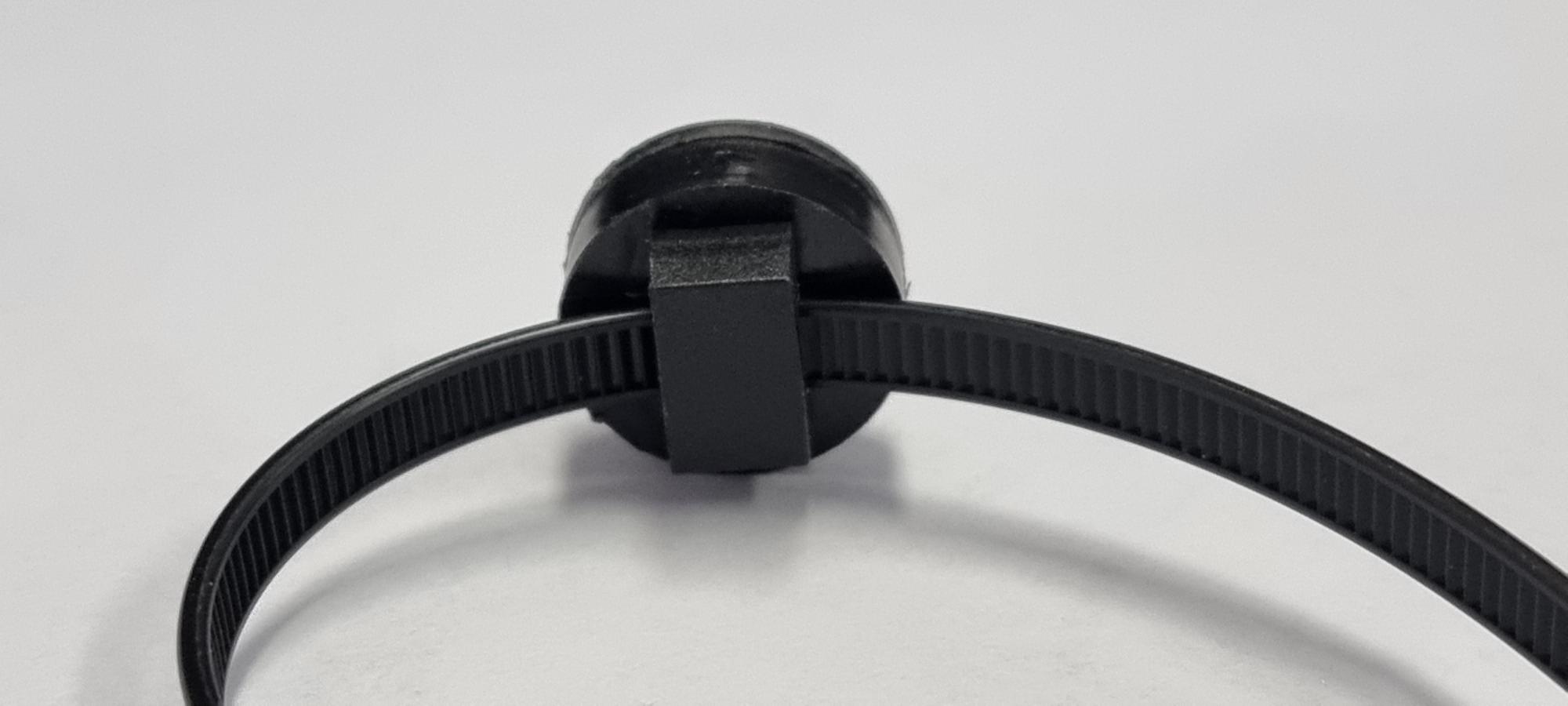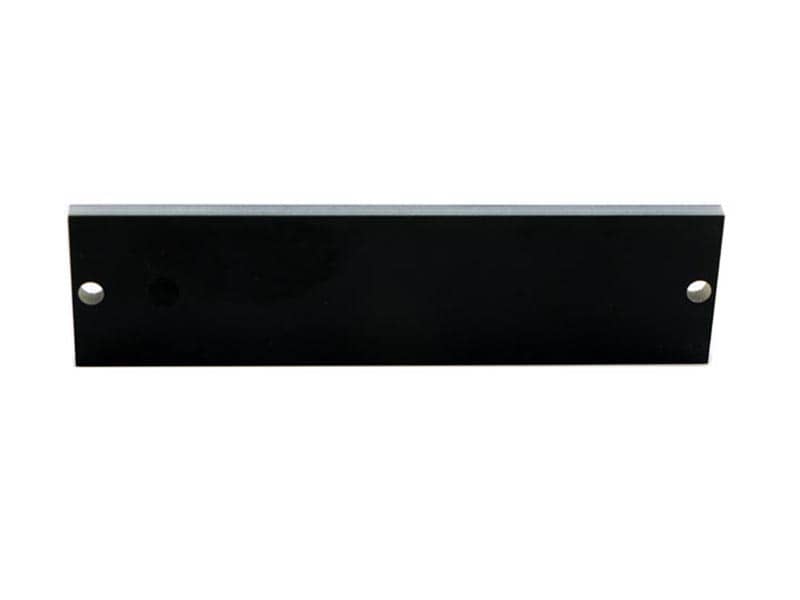FAQs
Yes, RFID tags are available in rugged designs that can withstand harsh environments, including extreme temperatures, moisture, and chemical exposure. For metal surfaces, specialised RFID tags with built-in shielding or specific attachment methods, such as foam or adhesive, can be used to ensure reliable performance. It’s crucial to select tags specifically designed for the environment in which they will be deployed.
es, RFID tags can be customised to meet specific business requirements. They can be designed in different sizes, shapes, and materials to accommodate various asset types and environments. Additionally, the data stored on the tags can be tailored to include relevant information specific to your business processes and inventory management systems.
RFID tags offer several benefits for businesses. They streamline inventory management by providing real-time visibility and automated tracking of assets. This improves accuracy, reduces manual labor, and increases operational efficiency. RFID tags also enhance security by enabling better monitoring and control over valuable items, minimising loss and theft.
An RFID tag is a small electronic device that uses radio frequency technology to store and transmit data. It consists of a microchip and an antenna, which communicate with RFID readers through radio waves. When the tag comes within the range of a reader, it receives power and transmits its unique identification information, allowing for quick and accurate asset tracking.











